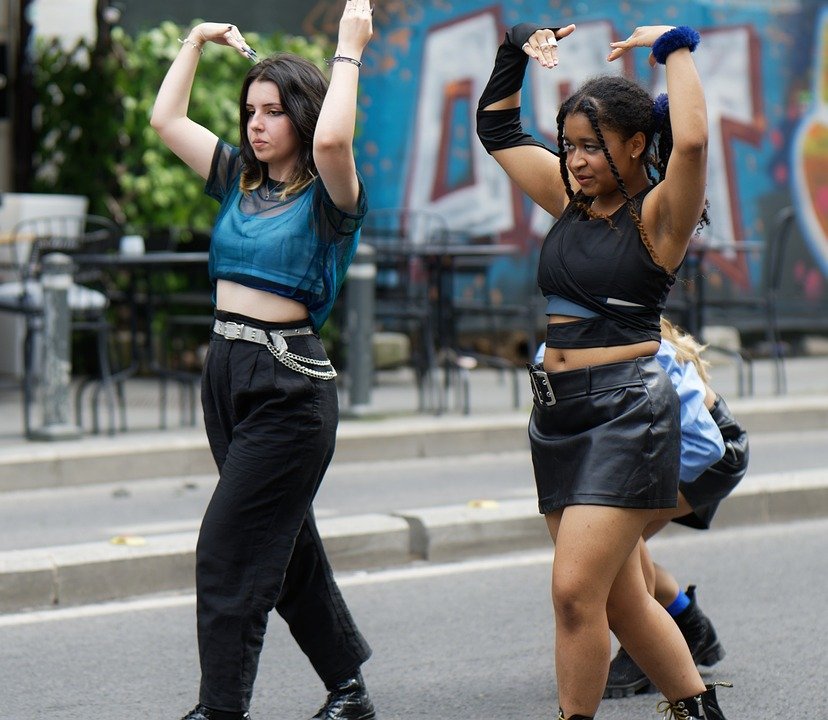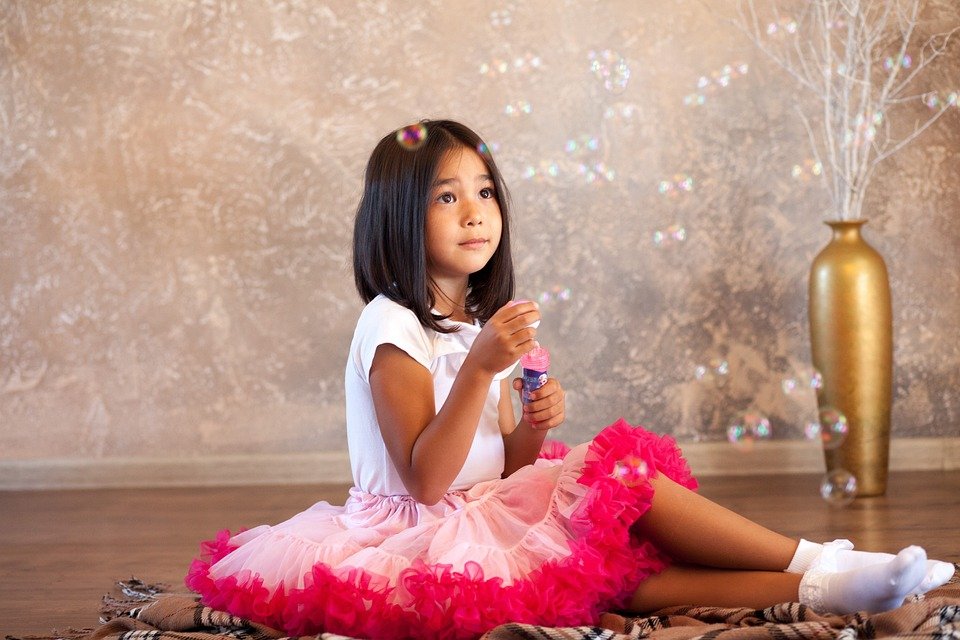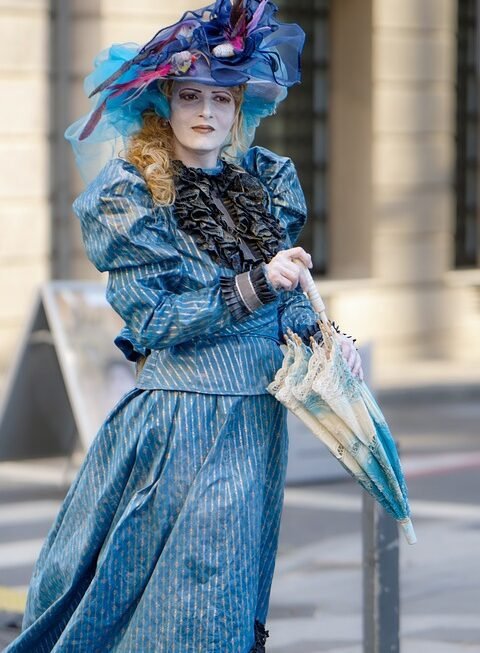The world of visual arts has always been a reflection of the times in which it was created. From the traditional paintings of the Renaissance era to the contemporary installations of today, the evolution of visual arts has been a fascinating journey.
Traditional art forms, such as painting and sculpture, have been around for centuries and have played a significant role in shaping the cultural landscape of society. These art forms often depict scenes from history, mythology, religion, and everyday life, using techniques that have been passed down through generations.
However, as society has evolved, so too have the trends in visual arts. With the rise of industrialization, urbanization, and globalization, artists have found new ways to express themselves and capture the spirit of the times. This has led to the emergence of contemporary art forms that challenge traditional notions of beauty, meaning, and form.
One of the key trends in contemporary visual arts is the use of new materials and techniques. Artists are no longer limited to the traditional tools of paint and canvas but are exploring new mediums such as video, digital technology, and found objects. This has enabled artists to create works that are dynamic, interactive, and immersive, breaking free from the constraints of traditional art forms.
Another trend in contemporary visual arts is the shift towards conceptual and abstract art. While traditional art forms often focused on depicting recognizable subjects and scenes, contemporary artists are more interested in exploring ideas, emotions, and experiences. This has led to the rise of art that is more conceptual, experimental, and open to interpretation.
Additionally, contemporary visual arts have seen the emergence of new genres and styles that push the boundaries of traditional art forms. Street art, performance art, installation art, and digital art are just a few examples of how artists are exploring new ways of creating and presenting their work. These genres often blur the lines between art and everyday life, challenging viewers to think about the world in new ways.
Overall, the evolution of visual arts from traditional to contemporary forms reflects the changing nature of society and culture. Artists are constantly pushing boundaries, experimenting with new materials and techniques, and challenging traditional conventions to create works that are vibrant, dynamic, and relevant to the times. As the world continues to evolve, so too will the trends in visual arts, shaping the cultural landscape for generations to come.




